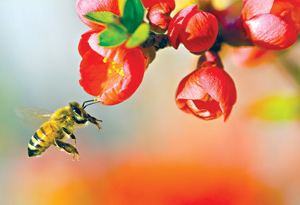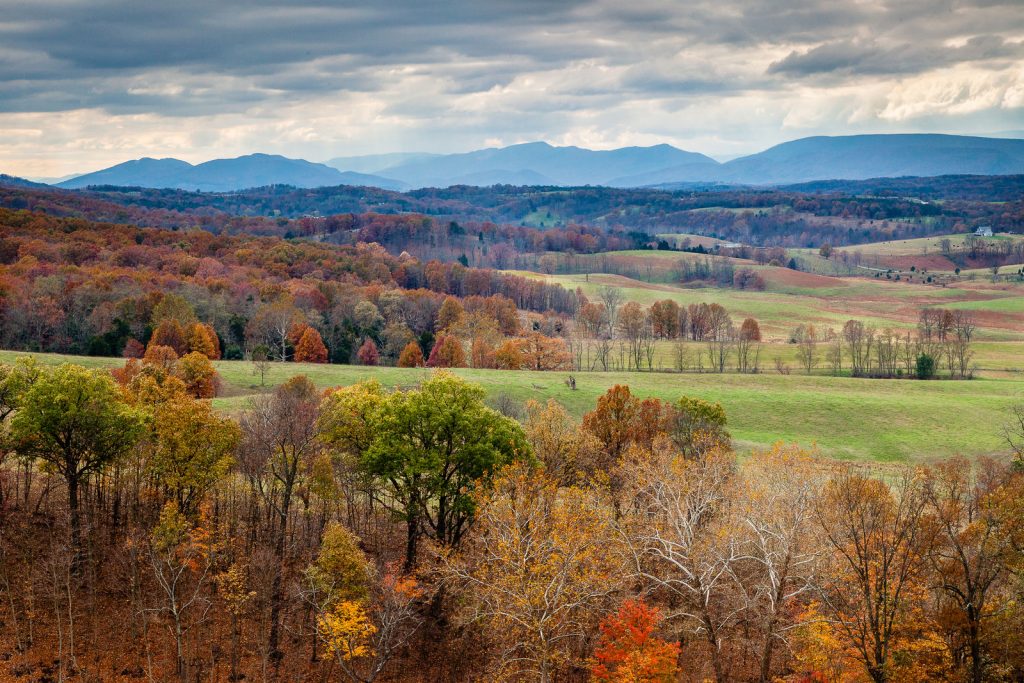Bee Deaths Linked to Pesticides
By Davis Wax
More than 30 percent of managed bee colonies in the United States perished this past winter, and beekeepers are looking for answers. While parasites, viruses and malnutrition can be factors in entire hives dying, evidence is building that pesticides are one of the major culprits.
Danny Jaynes, president of the N.C. State Beekeepers Association, says one insecticide, Bayer’s Sevin Dust, is known to cause bee death in the region. “Bees do not distinguish between the dust and pollen,” he says, and thus can unknowingly feed the poison to larvae. According to Jaynes, if Sevin Dust were used in a liquid form and at night when honey bees are not foraging, the insects would be protected, but few growers apply it in this manner.
A class of pesticides called neonicotinoids are also on beekeepers’ radars. These chemicals are dangerous to bees because, like Sevin Dust, they often won’t kill the bees outright, but contaminate foragers who then return to and infect a hive. Bee associations across the country banded together to sue the U.S. Environmental Protection Agency in March, calling for neonicotinoids to be banned.
Christmas tree farms could be another contributor to bee deaths in the region. Farmers often plant clover around their conifers to restore nitrogen to the soil, and since insecticides are used on the trees and the clover, pollen-collectors can easily be contaminated.
Beekeeping has become a tradition in Appalachia. Apiaries don’t need flat land and regional bees produce colorful honeys from blackberry and others tree blooms. With the current trend of bee deaths, however, keepers are worried about the future of mountain honey.
Read more about the legacy of pesticides in Appalachia here.
Related Articles
Latest News

Leave a comment
Your email address will not be published. Required fields are marked *






Hi,
I just wanted to let you know that the Hawaiian Islands have been using these pesticides for many, many years.
We are trying very hard to get them to report on the dangers of neonicotinoids(2,4D) and atrazine. They spray thousands of acres of sugar cane. The harmful pesticides that are being sprayed happen to be very close to a heavily populated area on Maui. They continue to burn these pesticides every time they harvest the cane. Our department of agriculture states that you should never burn pesticides, yet Hawaiian Commercial and Sugar Company burns thousands of acres. This smoke and ash from the burning cane lands on all of our homes and fills them with smoke. Every time this happens the response from HC&S is, “Sorry for the inconvenience” or “Thank you for your patience”. This is dangerous to all who live here and for our environment. Our representatives continue to ignore our concerns.
I grew up in the 50’s on a chicken farm in Napa, California. My sister and I have alway had issues with autoimmune disease and could never pin point to reason why. I now know that the chickens during the fifties and sixties had been sprayed by the vet for mites with PCB’s and they used DDT. It was what they used back then. My two girls that are now in their late 20’s have been diagnosed with Polycystic Ovarian Syndrome.
I started a petition on Moveon.org to try and stop this madness with pesticides. It’s title is: Defend Keiki Against 2,4D and Atrazine.
I have always wondered why Hawaii has allowed this to happen for so many years. Now we have it in our drinking water and in the soil.
It’s very sad because Hawaii has not been guardians of the islands. They are on a path of environmental ruin. It’s sad.